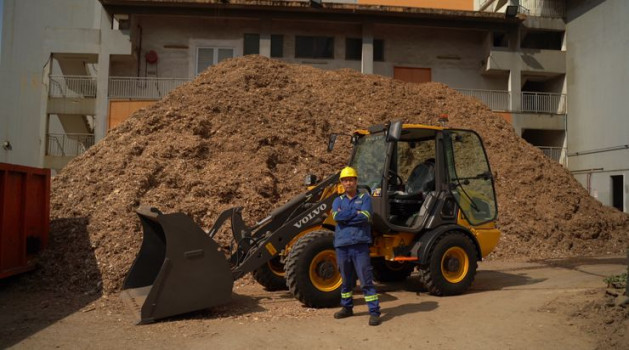Playground Design: 3 Questions to Find Out if Your Playground is Truly Inclusive or Not




Latest Publication ‘Play for All’ from KOMPAN Play Institute
If you are creating a playground, the new publication from KOMPAN, 'Play for All' is a must-read. It will present the newest science on user needs and policies to consider in inclusive playground planning. Additionally, you will find a research-based inclusive playground checklist, design inspiration and global practices.
‘Play for All’ online magazine for free: https://publications.kompan.com/asia/play-for-all/
KOMPAN was established in Demark a half-century ago and became a global leader in outdoor play and fitness solutions. More than 1,000 play or fitness sites are designed, manufactured, and installed by KOMPAN every month across 90 countries. Creating truly inclusive, universal playgrounds has been a part of their identity as well as its tailor-made designs of play sculptures and greener solutions.
_V2.jpg)
A playground is a place where many children come and play – some are with mobility challenges, some dealing with Attention Deficit (Hyperactivity) Disorder or autism spectrum disorder, and some accompanied by their families with all abilities and disabilities.
Inclusive playground is no longer defined only by wheelchair access or ‘inclusive’ swing seats. The layers of truly inclusive playground design centre around three questions: Can users get around there? Can they stay? Can they play?
‘Can I Get Around?’
Accessibility is the foundation of an inclusive playground. Having wide, smooth paths makes easy access for all, including wheelchairs and other mobility devices users. Entrances and exits should be spacious and unobstructed, with handles and gates designed for easy use. Signage and wayfinding aids are crucial, particularly for neurodiverse children who may struggle with orientation. Play zones should be marked with contrasting colours and textures to aid navigation for visually impaired users and to create a logical flow throughout the playground.
‘Can I Stay?’
Creating an environment where children can stay and play comfortably for extended periods is essential. Providing shaded areas, restrooms, and seating options throughout the playground makes everyone want to stay. Benches should be placed strategically to allow caregivers and children who need rest without leaving the play area. Quiet play zones and respite areas offer a retreat from the more stimulating parts of the playground, which is a need of many children, especially ones with neurodiverse challenges.
‘Can I Play?’
According to the KOMPAN Play Institute, the physical thrill and the social connectedness in play are the main attractions for children with all abilities. These two factors are also essential for children’s development. It is a challenge to balance the needs of users with a wide range of abilities and interests. A playground should offer various levels of challenge and excitement, from thrilling, fast-paced equipment like Spinners & Carousels, to more relaxed, creative options like sandboxes or play panels. Play equipment should have ground-level play options, ensuring that children in wheelchairs or with limited mobility can participate. Sensory play areas with tactile, auditory, and visual elements engage children with different sensory needs. Social play encourages group interactions, while solitary play options respect the needs of children who prefer to play alone and when they do so.

Not everybody can do everything in the playground, but everybody should have a chance to play with something, preferably with friends.
For more information about inclusive playground and other play solutions, visit KOMPAN’s website:
Get help from KOMPAN playground experts today: [email protected]
_2jj4.jpg)









 Indonesia
Indonesia
 Australia
Australia
 New Zealand
New Zealand
 Philippines
Philippines
 Hongkong
Hongkong
 Malaysia
Malaysia


.jpg)
.jpg)
_V3_CMYK (1).jpg)



